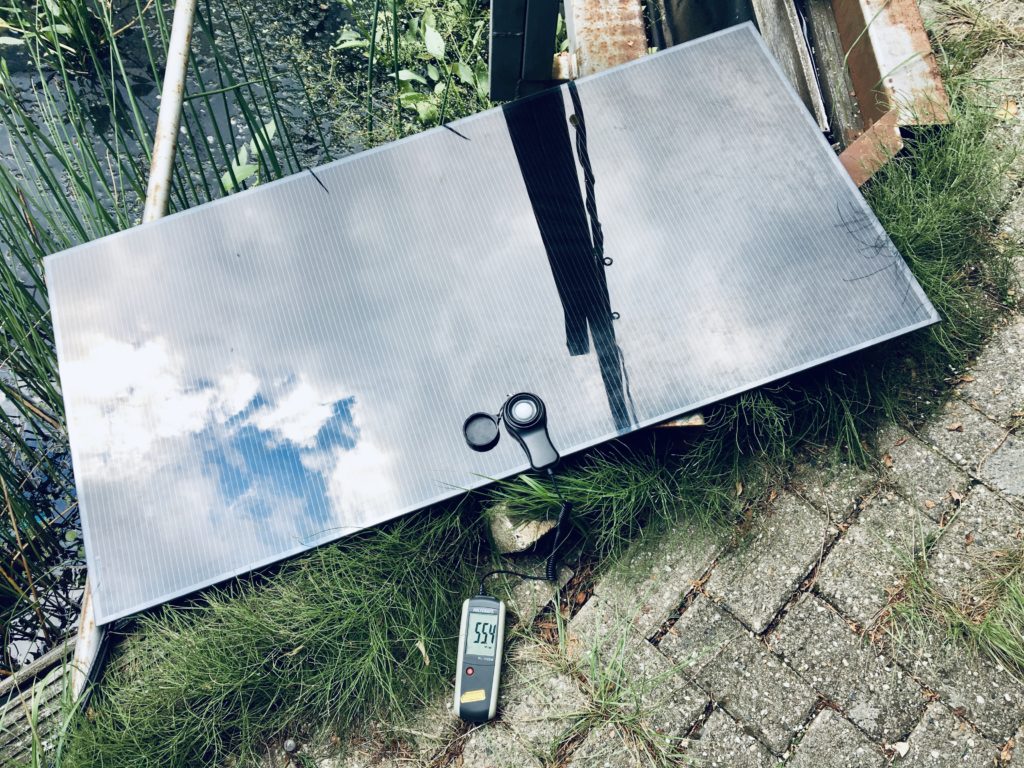The processing of coffee is known to influence flavor. But there is more to it than that. The environmental impact varies with various processing techniques as well. From natural sun-dried to washed coffee, each has its own footprint in terms of water consumption, energy consumption, and the emission of greenhouse gases. Variance and options in the processing are immense but one thing is for sure; once you start increasing productivity and if you want to lower the emission of greenhouse gases it is electricity that you need.

Processing coffee
Let’s first take a closer look at coffee processing. Roughly there is Natural Coffee that is dried in the full coffee cherry before the fruit pulp is removed. And there is Washed Coffee that is dried without the pulp and skin. The natural processed coffees are being dried on beds in the sun, slowly fermenting the fruit pulp, developing flavor, but also emitting powerful greenhouse gases such as methane. The alternative method washed coffees, get the pulp removed mechanically before drying. This has the advantage that the process is less labor-intensive, of consistent quality, and if the removed pulp is being processed further in biodigesters or used for pectin production [cascara blog post], it emits fewer greenhouses gases. It does require electricity and depending on the exact technology very little water (but it could also be a lot of water that becomes very acidic in the process).
100% renewable, 80% coverage, 30% reached
To minimise our environmetal impact we have purchased a state of the art wet mill capable of processing coffee cherries environmental friendly and the specific type we’ve chosen even does so without using water. But in our remote farms it will run on a diesel generator and this is where things get tricky. To simply quote the World Bank:
“When it comes to energy, Ethiopia has tremendous advantages. It has the second-highest installed available capacity for electricity generation in Sub-Saharan Africa, at 4.5 GW. It has a well-developed transmission and distribution network, with nearly 80 percent of the population living within proximity of medium-voltage transmission lines. It has abundant sources of renewable energy just waiting to be tapped – including wind, solar and geothermal– enough to easily supply the power needs of the country. And it is one of the few countries in the world where the electric grid is nearly 100 percent supplied by renewable sources.” (…)
“These advantages, however, stand in contrast to the realities on the ground. About 70 percent of the population in Ethiopia live without electricity. The lack of power also impacts basic services – only 24 percent of primary schools and 30 percent of health clinics have access to electricity. This discrepancy – between abundant resources and unmet needs – points to the need for a radical new approach.” (…)
“The Government of Ethiopia has launched an ambitious plan to bring power to all citizens by 2025, combining on- and off-grid electrification, backed up by state-of-the-art technologies. By 2025, the plan is for 65 percent of the population to have electricity through the grid, and the other 35 percent through off-grid technologies – stand-alone solar systems and mini-grids.”
From processing to processes
So while we wait until the ambitious plans of the government are being executed and electricity will hit our remote farm near Mizan Teferi. And we are afraid that is one of the last places to be electrified. We are going to explore opportunities to install a photovoltaic system to run the wet mill on.
At first sight, it seems pretty straightforward. Get rid of the diesel generator and install solar panels. However, it is common practice to run the wet mill during the night. Farmers walk with their produce for hours until they reach the mill, and that is usually by the end of the day. Given the latitude of the world’s coffee regions, the sun sets quite early. And the coffee cherries need to be processed as soon as possible so it is common practice to process in the darkness of the evening. With the solar panels rendered useless.
Batteries seem a possible solution but the required power would mean a serious power pack. Increasing the investment required and pushing the return on investment forward. Luckily some strategies could be considered. Low-cost cableway systems could provide a fast way to get produce from the fields to the wet mill. Freeing up time of farmers for other activities. Climatized storage could extend the time between harvest and processing of the coffee berries.

Critical to the required investment to run the wet mill on solar power is the return on investment. With the coffee harvest season in both Mizan and Limmu areas being limited to only once a year and for a couple of months only, we are looking at capital intensive and long term investment. Not an ideal starting point to bring you a climate-neutral cup of coffee. So we need to find off-season usage for the power generated by our panels.
According to recent reports, “the economical potential and synergies from well planned combined electrification and agricultural programs can be transformative” if “agricultural activities were selected that could use electricity to save fuel costs or enable new revenue generation for rural smallholders.”
We believe this could very well be possible. In line with our plans to run the wet mill on solar, we plan to realize a climatized storage to ensure the quality of produce for prolonged periods of time, we want to process waste streams of coffee into valuable bio compounds, we have started to explore various intercropping systems, including mixing coffee trees with fruit trees, which produce can be processed into dried fruit. What do these things have in common; they require power to operate and create synergies that will result in a quicker return on investment and more importantly; climate-neutral and additional income for farmers and their communities.


